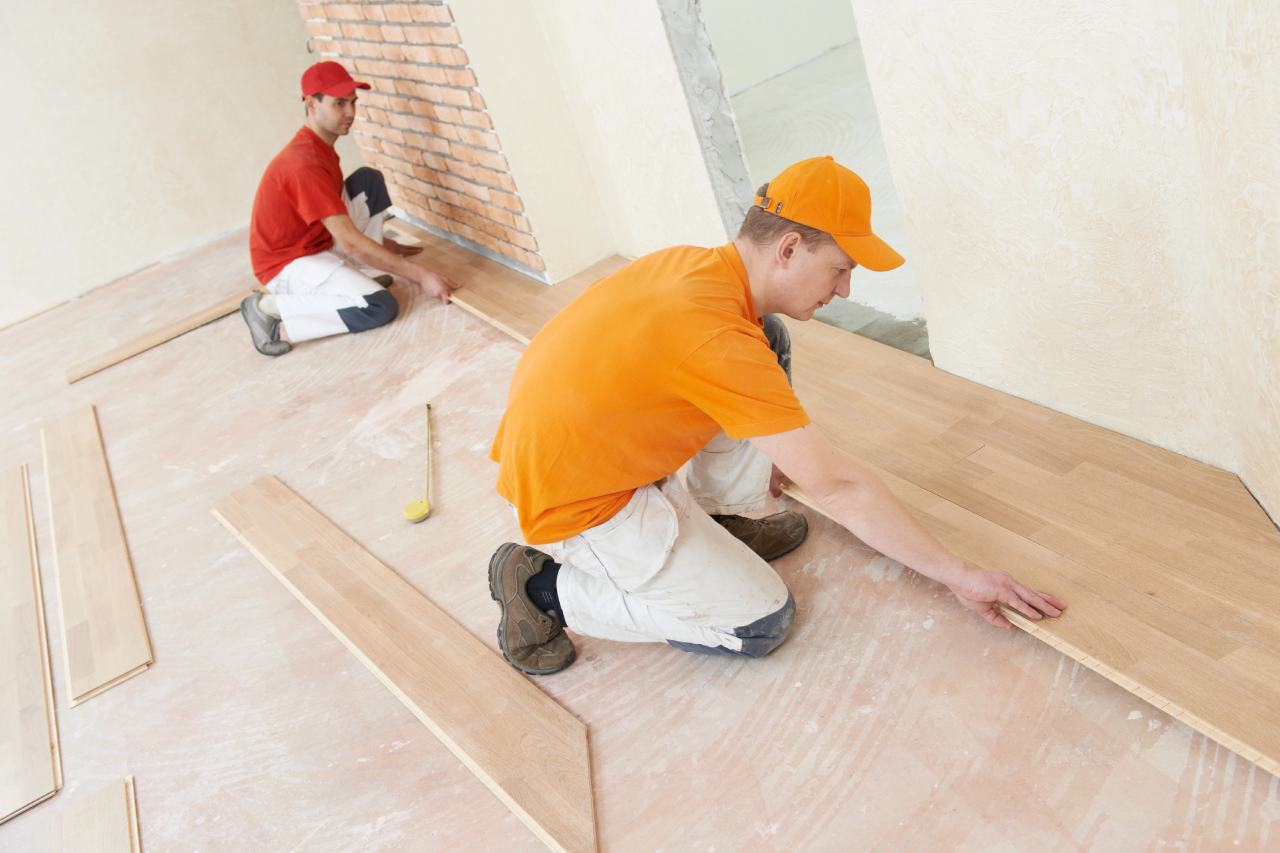Tips For Designing Floors In Small Spaces
When it comes to flooring there are challenges that can stump even the best interior designer. Not every room offers you the luxury of a thousand-square-foot blank canvas to work with.
However, there are several smart ways to make the most of even the tightest confines of your home. These tricks won’t make magic, but they do make a considerable difference when designing small spaces. By maximizing the use of available space and creating the illusion of more space through the skillful use of color, slat width, orientation and finish.
Here we are going to give you several tips that will ensure you get the most out of the floor you choose for your home.
1. Choose Color Wisely
Color can make a big difference in how big or small a space feels. By reflecting light, lighter colored floors give a greater impression. Naturally light-colored hardwood is a great way to increase the perceived volume of a small space, especially when paired with walls painted in the corresponding shade. The low-contrast design eliminates the horizon line between the floor and walls, creating the illusion of a larger, unrestricted space.
However, light colors are not your only option. There is a misconception that dark wood floors should never be used in small rooms. But if you love dark wood, you can offset it with lighter, cooler tones on your walls and furniture for a visually striking juxtaposition that will keep the room from feeling claustrophobic.
2. Get Creative With Width, Length, And Orientation
The width, length and location of the floorboards also make a difference in the perception of the space. Wide planks in a small room can have the same effect as wide stripes on a person: they can make the room appear larger. Fewer seams mean the space is less visually complicated and therefore less crowded.
Luxury vinyl tile is a great option for small spaces, offering a variety of plank widths in virtually any style and natural color you can imagine. LVT with a waterproof wood-plastic composite (WPC) core is an even better option for small spaces where water can be an issue, such as kitchens and bathrooms. However, if you have your heart set on hardwood floors, engineered wood is the way to go. It offers greater versatility than solid wood in small spaces and also comes in planks up to 12” wide.
3. Select The Correct Finish
When it comes to choosing the right finish for hardwood floors in a small room, the number one rule of thumb is: keep it simple. The last thing you need in a small space is a lot of brightness or glare at floor level.
A simple but quality finish will give an elegant impression and make any room appear larger.
4. Take Advantage Of Vertical Space
Of course, the space available in any room is not limited only to its floors. Shelves and cabinets can be placed on empty walls, freeing up space and thus increasing the overall impression of space.
The use of wall space should not be limited to functionality either. Wall coverings are a great way to add beauty and style to a room without creating clutter. Incorporating repeated motifs both vertically and horizontally will add depth to any space. Coordinating the pattern with your floor can create a dynamic unit that takes this depth even further.




0 Comments